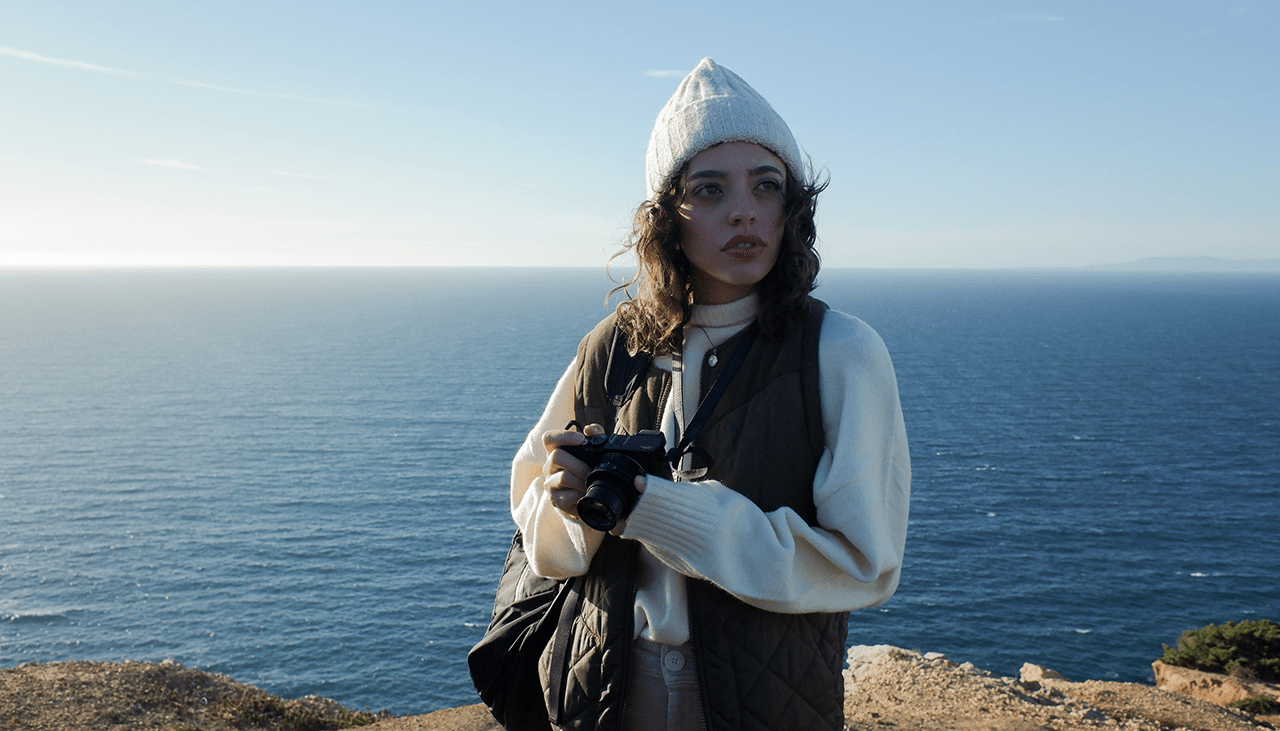For those who love the outdoors and wildlife, there is nothing more thrilling than capturing stunning photographs of animals in their natural habitat. Photography has become a popular alternative to hunting for those who want to experience the beauty of nature without causing harm to any creatures. In this article, we will explore the art of wildlife photography and how it can be just as rewarding as traditional hunting.
The Benefits of Wildlife Photography
One of the main benefits of wildlife photography is that it allows us to appreciate and preserve the beauty of nature without harming any animals. With a camera in hand, we can explore different habitats and observe animals up close without disturbing their natural behavior.
Wildlife photography also requires patience and skill. It takes time to capture the perfect shot, but once you have done so, you will feel an immense sense of accomplishment. Moreover, taking photographs allows us to share our experiences with others and raise awareness about conservation efforts.
The Art of Wildlife Photography
Wildlife photography is not as simple as pointing a camera at an animal and clicking the button. To capture truly stunning images, photographers must have a good understanding of light, composition, and timing.
Lighting plays an important role in creating beautiful photographs. Photographers need to pay attention to how light affects their subject’s appearance during different times of the day.
Composition helps photographers tell a story through their images by framing their subjects in an aesthetically pleasing way. A well-composed photograph can evoke emotion and convey meaning beyond what words alone can do.
Timing is crucial when it comes to capturing wildlife photographs. Animals move quickly and unexpectedly; therefore photographers must be ready at all times with quick reflexes to capture fleeting moments that may only last for seconds or even milliseconds.
Equipment Needed for Wildlife Photography
To get started in wildlife photography, you will need some basic equipment such as:
- A high-quality DSLR camera
- A telephoto lens (300mm or longer)
- A tripod or monopod
- A memory card
- Extra batteries
It’s important to invest in good quality equipment if you want your photos to turn out well. Cheap cameras and lenses may save money upfront but they won’t produce high-quality images that stand out from others on social media platforms like Instagram or Facebook.
Ethics of Wildlife Photography
While taking pictures instead of hunting may seem harmless there are still some ethical considerations when engaging in wildlife photography. Photographers should take steps not to interfere with animal behavior or habitats while minimizing stress on the subjects being photographed. Being respectful towards nature’s balance while following established guidelines set forth by conservation groups like the National Geographic Society or World Wildlife Fund is essential for responsible wildlife photography practices.
Conclusion
Hunting with a camera has become increasingly popular among outdoor enthusiasts who want to experience nature’s beauty without causing harm to any creatures. Wildlife photography offers numerous benefits such as allowing us to appreciate and preserve nature’s beauty while raising awareness about conservation efforts through sharing our experiences with others on social media platforms like Instagram or Facebook. With patience, skillful techniques, and proper equipment along with respecting ethical guidelines set forth by organizations like the National Geographic Society, photographers can create stunning images that showcase the majesty found in wild places all over the world. So why not try your hand at wildlife photography? You never know what amazing shots you might capture!
